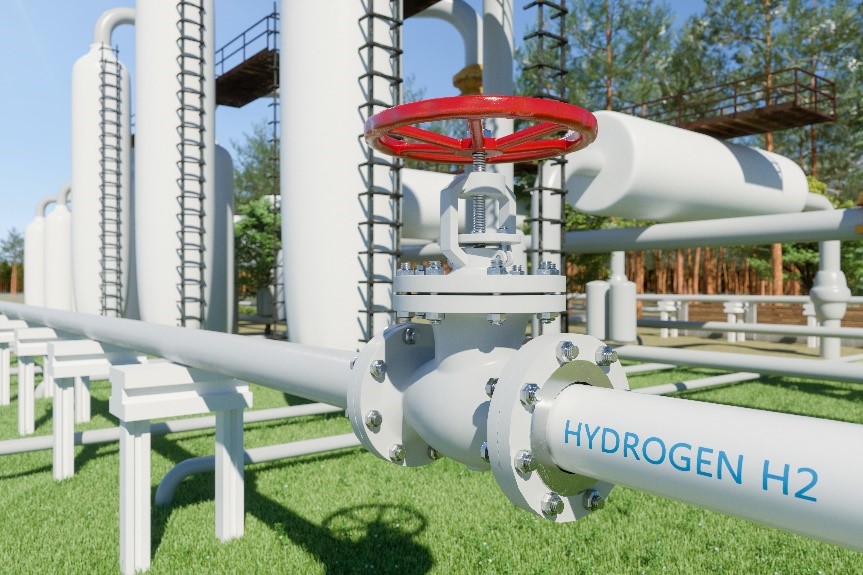FNREL Mineral and Energy Law Newsletter
Pennsylvania – Oil & Gas
(By Joseph Reinhart, Sean McGovern, Matthew Wood and Gina Falaschi)
On June 11, 2022, the Pennsylvania Department of Environmental Protection (PADEP) published a substantive revision to its technical guidance document (TGD) Radioactivity Monitoring at Solid Waste Processing and Disposal Facilities (Guidance), TGD No. 250-3100-001 (June 11, 2022), in the Pennsylvania Bulletin, 52 Pa. Bull. 3374 (June 11, 2022). PADEP updated the Guidance, which was immediately effective, to assist unconventional oil and gas operators in complying with the obligation under 25 Pa. Code § 78a.58(d) to prepare an action plan specifying procedures for monitoring for and responding to radioactive material produced by the treatment processes (and other procedures). The Guidance does not cover waste from conventional oil and gas operations.
The Guidance applies to all solid waste processing or disposal facilities, including underground injection control wells, as defined in the Guidance, and well sites where fluids or drill cuttings generated by the development, drilling, stimulation, operation, or plugging of an oil or gas well are processed on-site. Facilities that are not required to monitor radiation, but do so voluntarily, are also subject to the Guidance.
PADEP originally published a draft version of the Guidance in the Pennsylvania Bulletin in October 2019. See 49 Pa. Bull. 6197 (Oct. 19, 2019). The final Guidance follows PADEP’s July 2021 announcement that all Pennsylvania landfills, including those accepting unconventional oil and gas waste, would be required to conduct quarterly testing of leachate for radiological contamination prior to the liquid being treated on-site or being sent to an off-site wastewater treatment facility. …
 to $50 million per year, or a total of $1 billion over a 20-year period.
to $50 million per year, or a total of $1 billion over a 20-year period.